NASA WALLOPS FLIGHT FACILITY, VA – Tens of millions of US East Coast residents can expect a dinnertime spectacular for the first ever nighttime launch of the commercial Orbital Sciences Corp. Antares rocket slated to blastoff on Monday evening, October 27, from a beachside NASA launch base along the eastern shore of Virginia – if the weather holds as currently forecast.
You can watch live, below.
Antares is carrying Orbital’s private Cygnus cargo freighter loaded with a diverse array of science experiments on a critical cargo resupply mission named Orb-3, and is bound for the International Space Station (ISS).
Broadcast live streaming video on Ustream
NASA and Orbital Sciences are now targeting liftoff at 6:45 p.m. EDT on Oct. 27 from Launch Pad 0A at the Mid-Atlantic Regional Spaceport (MARS) at NASA Wallops Island Flight Facility on Virginia’s shore.
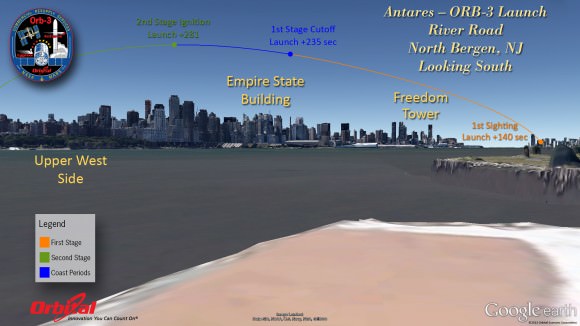
The launch to the ISS was delayed three days due to Hurricane Gonzalo and its direct hit on the island of Bermuda which is also home to a critical rocket tracking station – as reported here. The tracking is required to ensure public safety.
If you have never seen a rocket launch, this could be the one for you – especially since its conveniently in the early evening and you don’t have to take the long trek to the Kennedy Space Center in Florida.
Here’s our complete guide on “How to See the Antares/Cygnus Oct. 27 Blastoff” – chock full of viewing maps and trajectory graphics (above and below) from a variety of prime viewing locations, including historic and notable landmarks Washington, DC, NYC, New Jersey, Maryland, Virginia, and more.
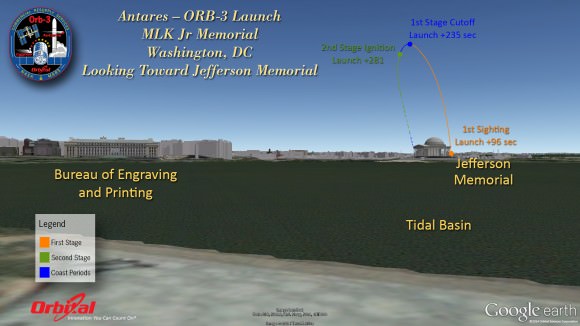
Depending on local weather conditions, the Antares blastoff will be visible along much of the US eastern seaboard – stretching from Maine to South Carolina.
For precise viewing locations and sighting times, see the collection of detailed maps and trajectory graphics courtesy of Orbital Sciences and NASA.
Antares first night launch will also be visible to some inland regions, including portions of New England, Pennsylvania, and West Virginia.
Of course the absolute best viewing will be locally in the mid-Atlantic region closest to Wallops Island.
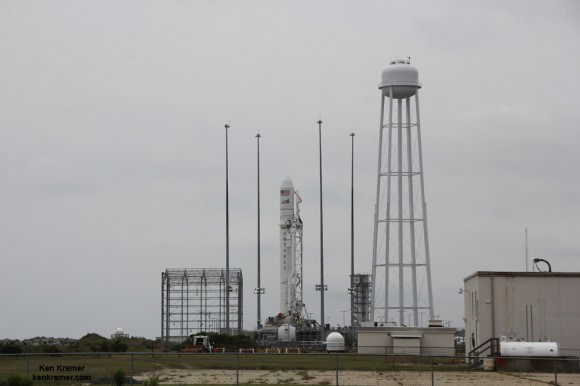
Locally at Wallops you’ll get a magnificent view and hear the rockets thunder at either the NASA Wallops Visitor Center or the Chincoteague National Wildlife Refuge/Assateague National Seashore.
For more information about the Wallops Visitors Center, including directions, see: http://www.nasa.gov/centers/wallops/visitorcenter
The pressurized Cygnus cargo spacecraft is loaded with some 5,000 pounds of research experiments, top notch student science investigations from the NCESSE/SSEP, supplies, spare parts, and crew provisions on what will be the fourth Cygnus flight overall, including a demonstration flight in 2013.
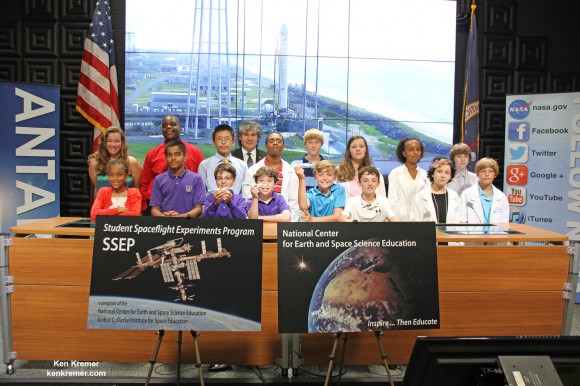
This is the heaviest Cygnus cargo load to date because the Antares rocket is outfitted with a more powerful second stage from ATK – for the first time.
Altogether eight operational resupply missions will be flown for NASA under the Commercial Resupply Services (CRS) contract. That’s the same contract NASA has with SpaceX and that company’s just completed Dragon CRS-4 mission which ended with a successful Pacific Ocean splashdown on Saturday, Oct. 25 – as I reported here.
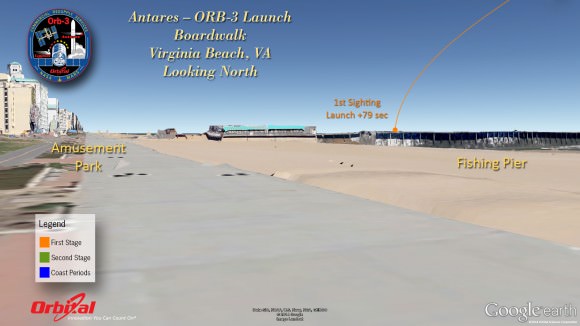
It is the third of eight cargo resupply missions to the ISS under Orbital’s Commercial Resupply Services (CRS) contract with NASA through 2016.
The Orbital-3, or Orb-3, mission is the third of the eight cargo resupply missions to the ISS under the NASA CRS award valued at $1.9 Billion.
This Cygnus resupply module, dubbed “SS Deke Slayton,” honors one of America’s original Mercury 7 astronauts, Donald “Deke” K. Slayton. He flew on the Apollo-Soyuz Test Project mission in 1975 and championed commercial space endeavors after retiring from NASA in 1982. Slayton passed away in 1993.
NASA Television will broadcast live coverage of the event, including pre- and post-launch briefings and arrival at the station. Launch coverage begins at 5:45 p.m. Monday – http://www.nasa.gov/nasatv
You can also watch the pre- and post launch briefing on Sunday and Monday on NASA TV.
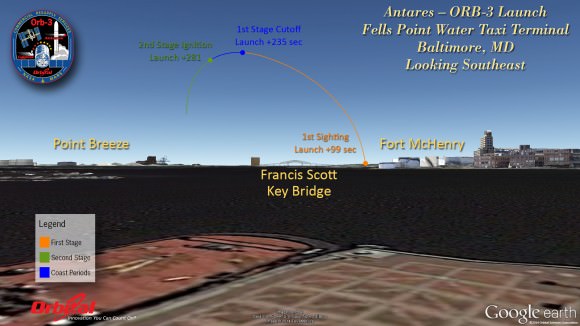
The weather prognosis is currently very favorable with a greater than a 90% chance of acceptable weather conditions at launch time.
Watch here for Ken’s onsite reporting direct from NASA Wallops.
Stay tuned here for Ken’s continuing Earth and Planetary science and human spaceflight news.
…………….
Learn more about Commercial Space, Orion and NASA Human and Robotic Spaceflight at Ken’s upcoming presentations:
Oct 26/27: “Antares/Cygnus ISS Rocket Launch from Virginia”; Rodeway Inn, Chincoteague, VA
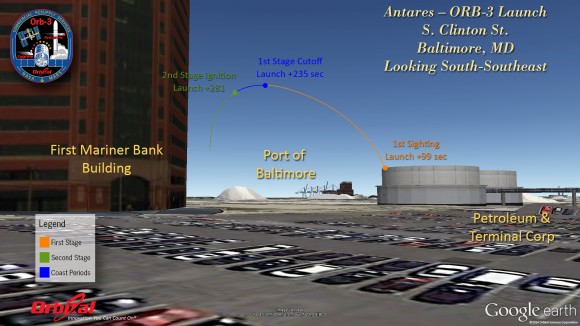
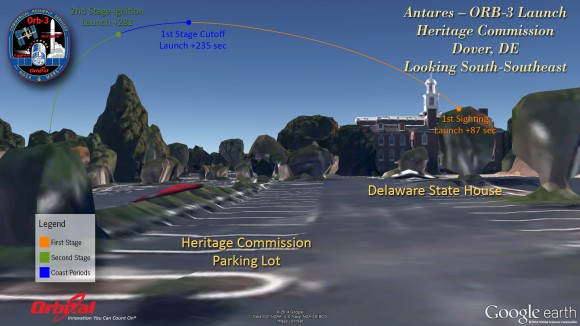
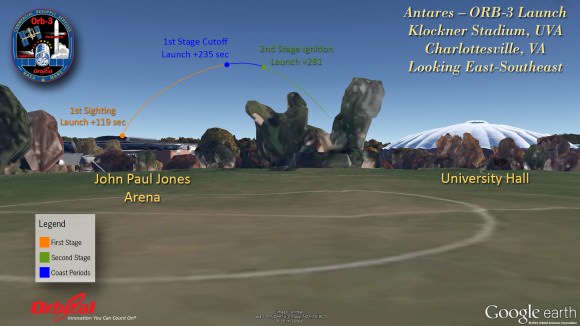
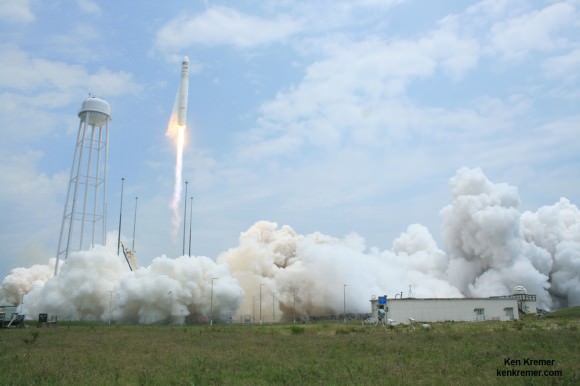



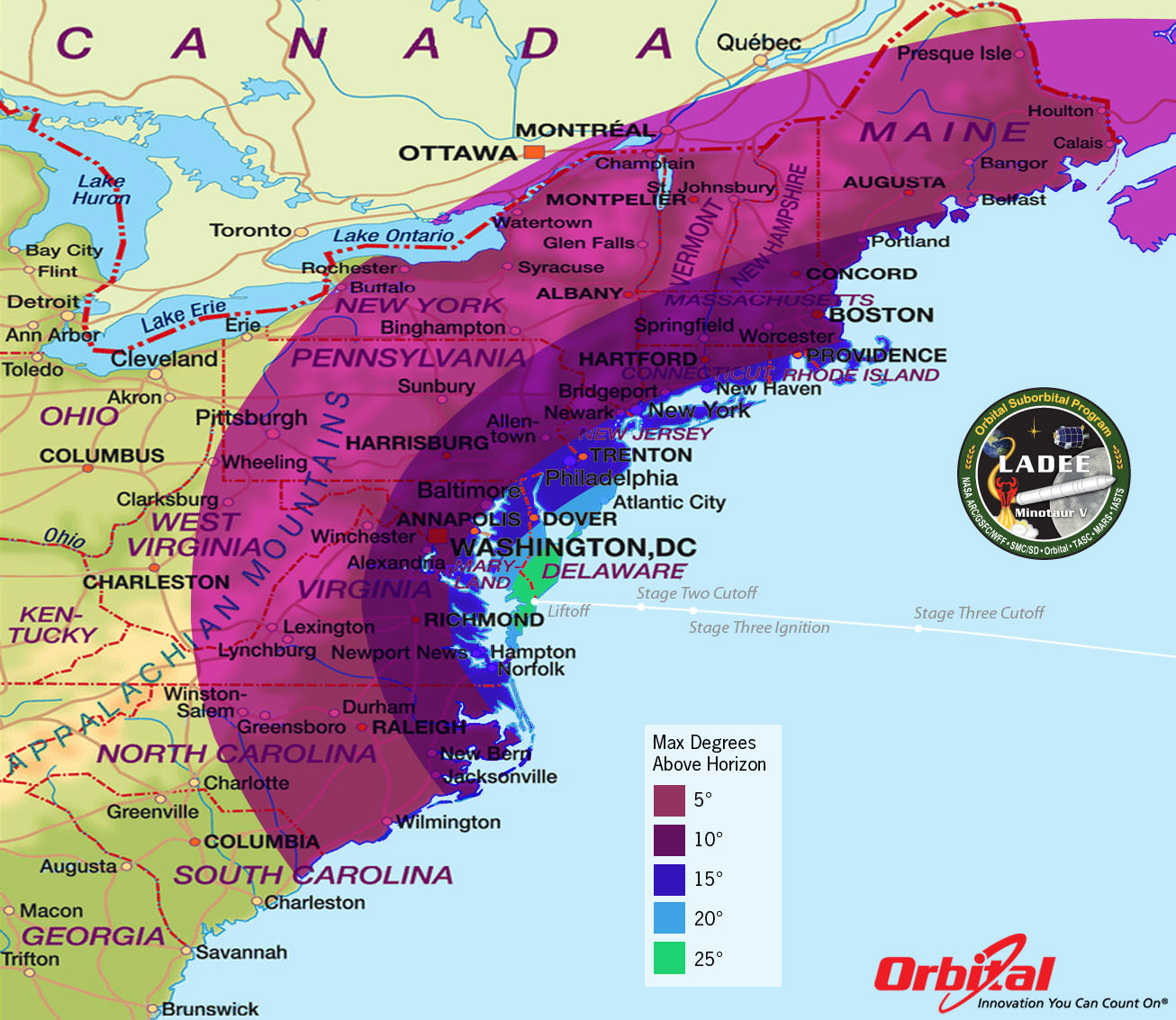
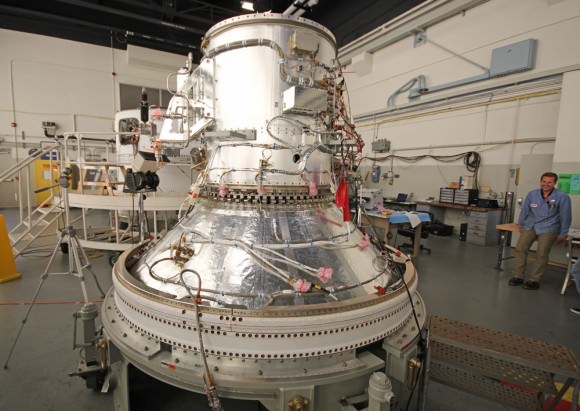
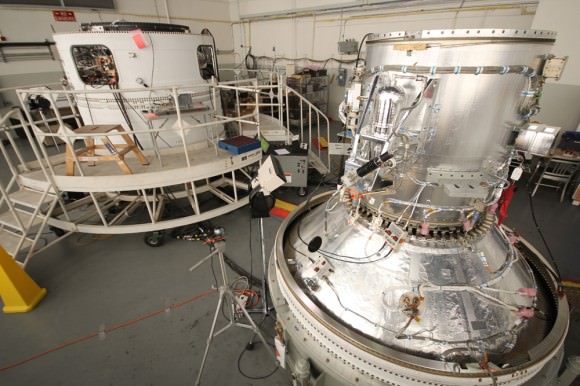
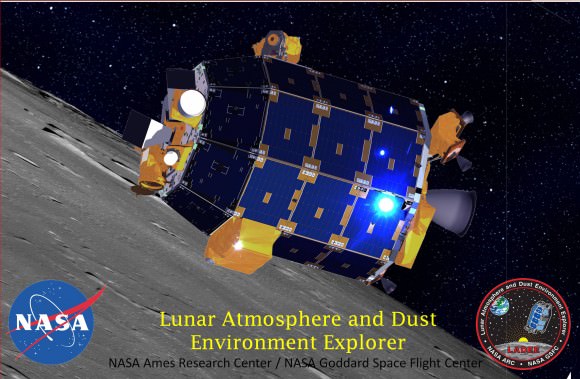
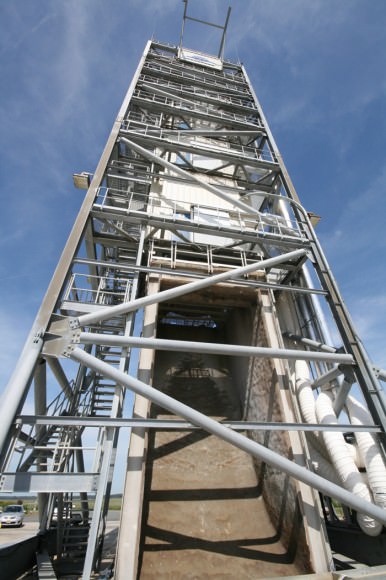
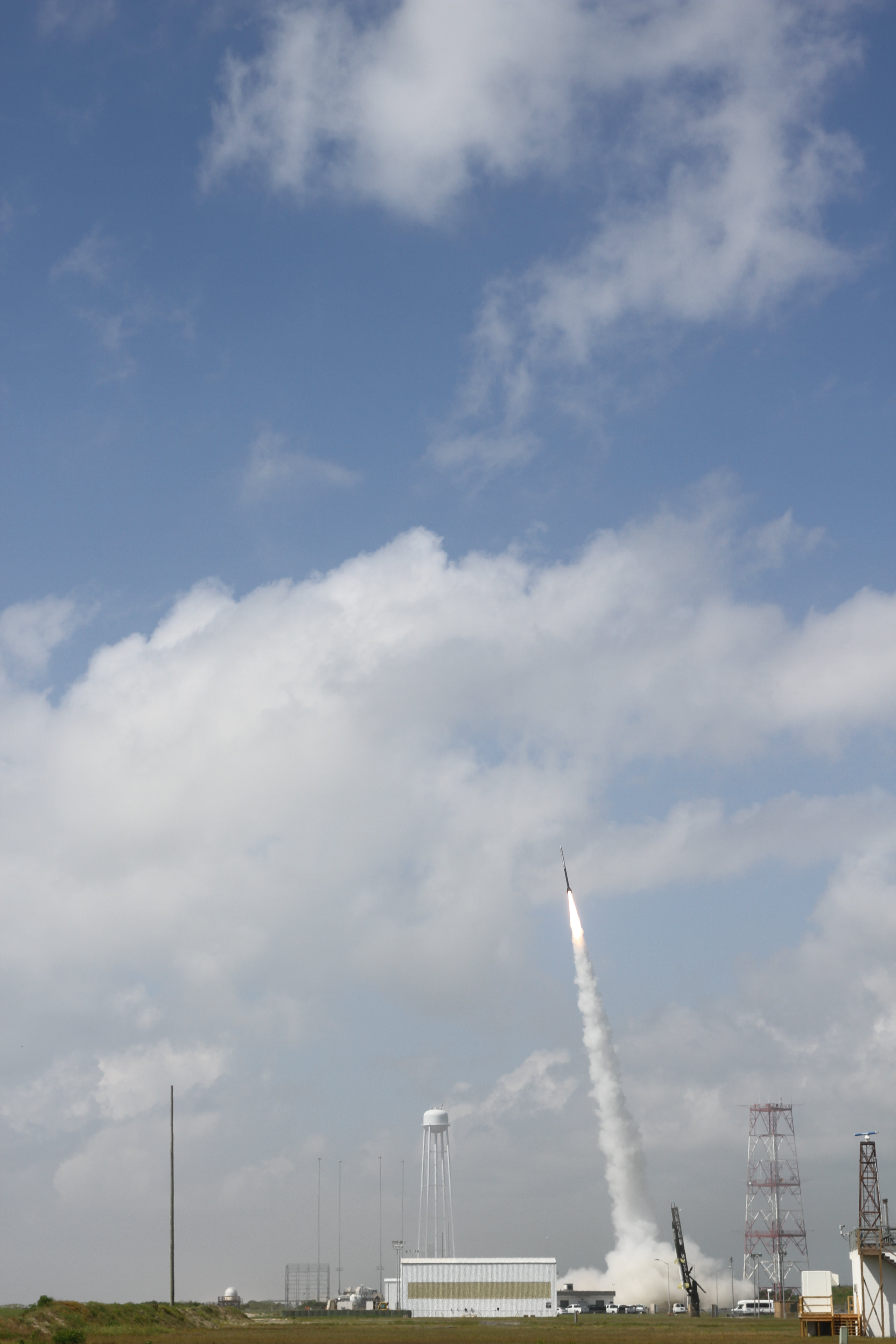
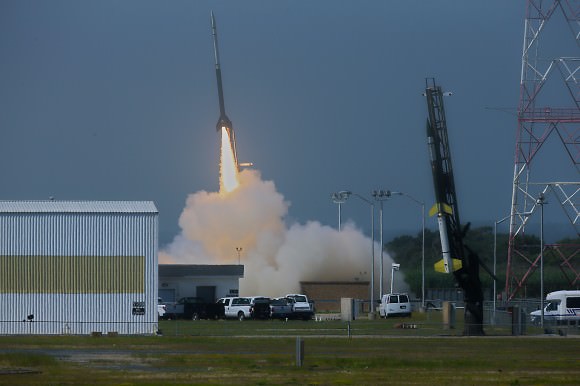

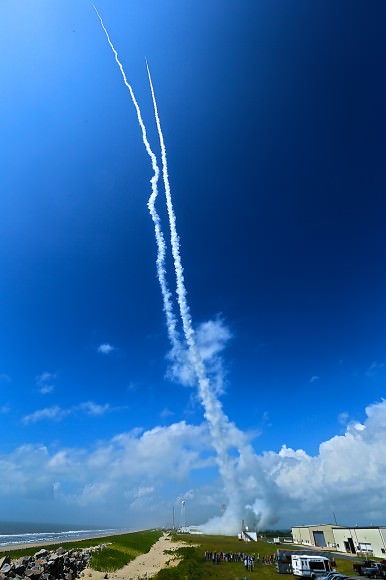
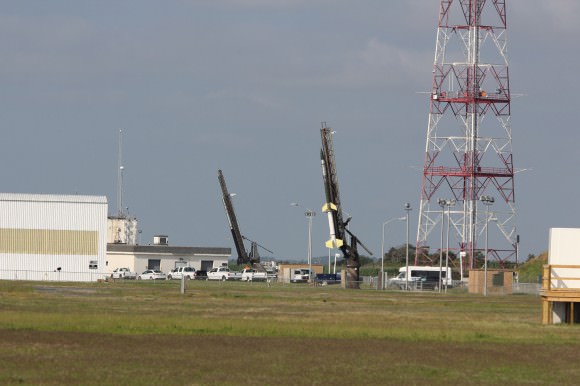
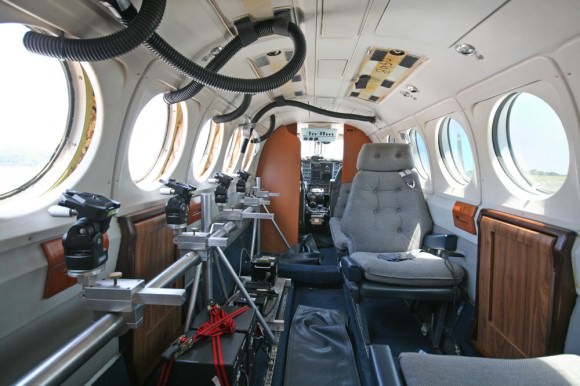
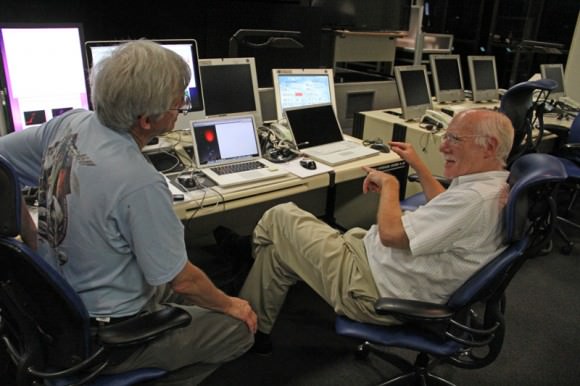
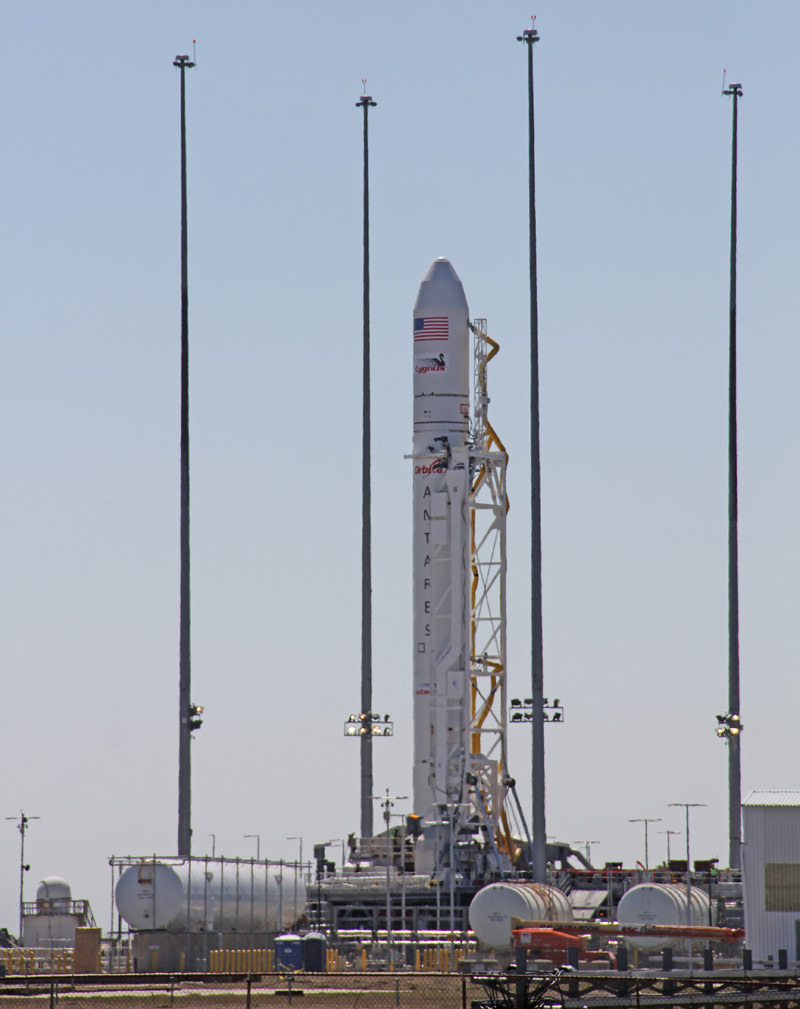
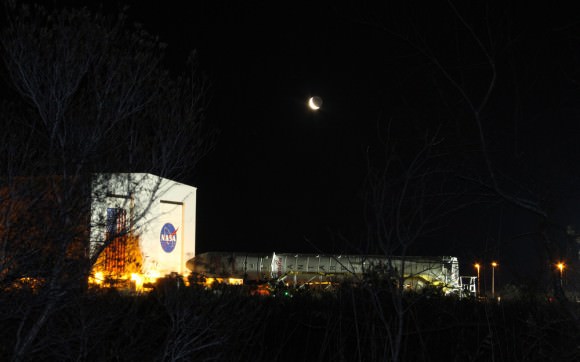
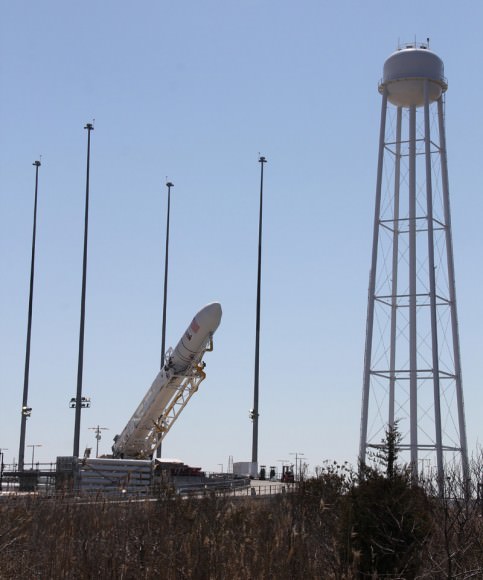
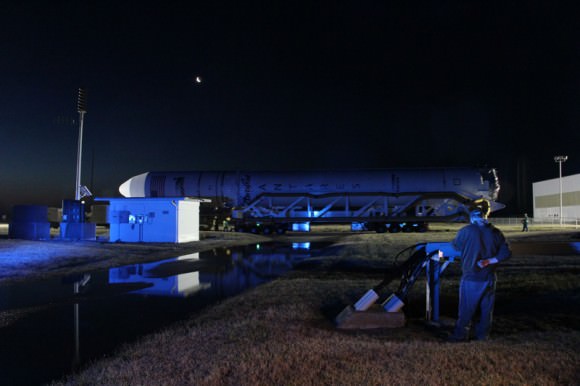
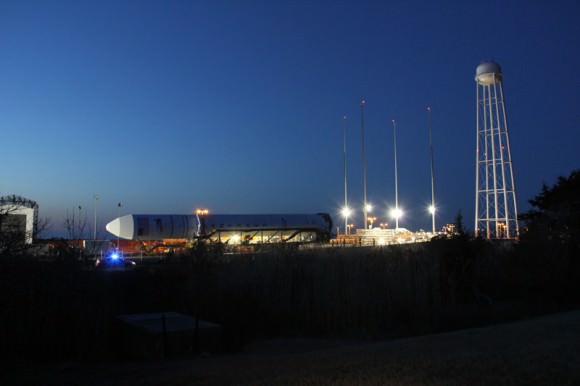
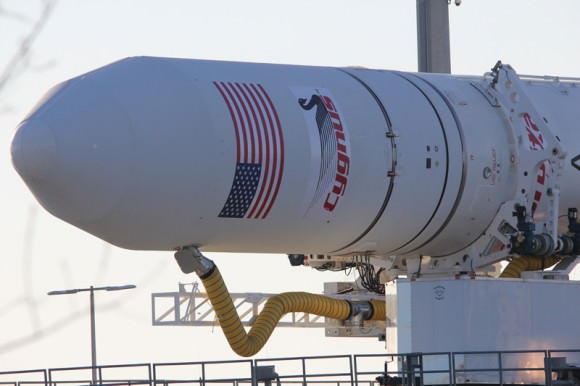

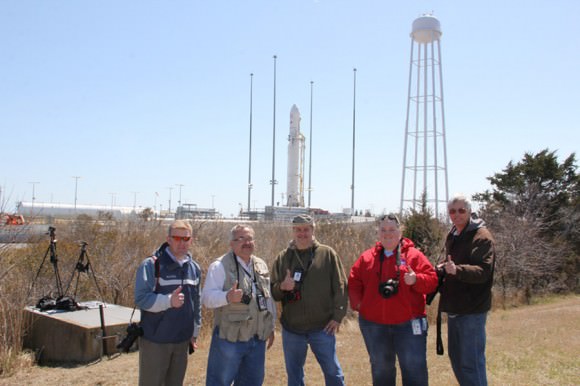
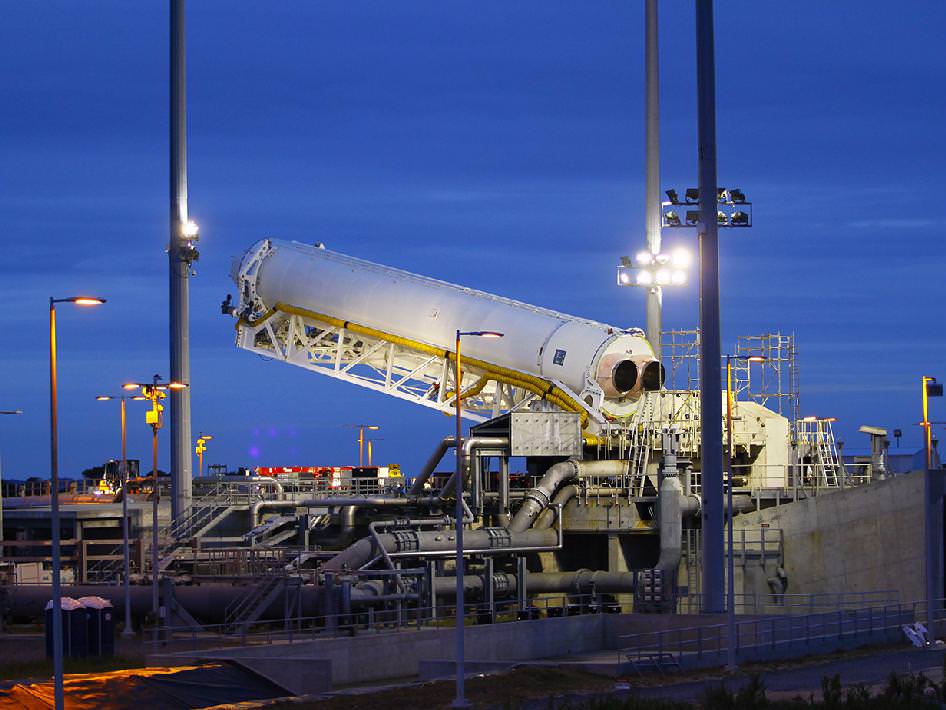
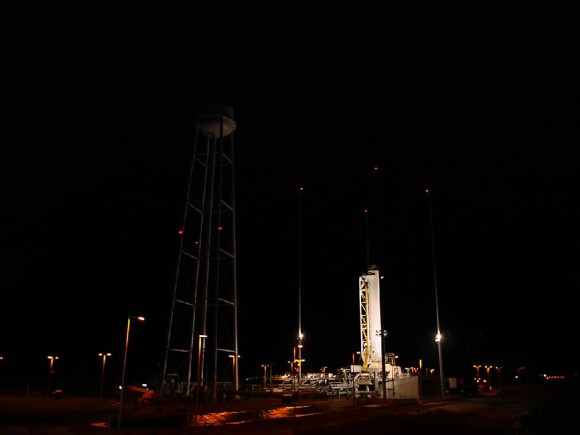
![A4IAv1HCQAEY5lM[1]](https://www.universetoday.com/wp-content/uploads/2012/10/A4IAv1HCQAEY5lM1-580x429.jpg)